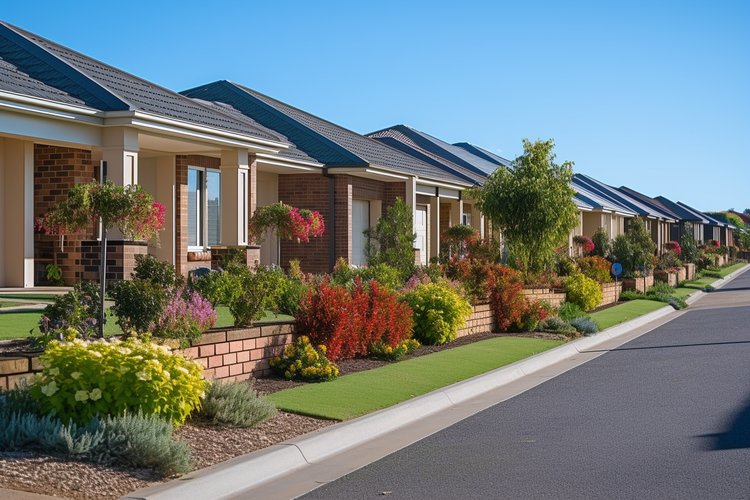The Emergence of Tiny Houses: A Big Trend in the Real Estate Market
Introduction: The world of real estate is vast and dynamic, and it pays to be ahead of the curve. One trend that is making waves in the real estate world is the rise of tiny houses. This trend challenges the conventional norms of property investment and offers a new perspective on what it means to own a home.

The Origins of the Tiny House Movement
The tiny house movement started gaining momentum in the late 1990s and early 2000s. The concept itself is a direct response to the rising costs of living and the increasing environmental footprint of traditional housing. As people began seeking more sustainable and affordable living options, the tiny house movement began to take shape.
Current Market Trends and Insights
According to the Tiny Home Industry Association, the tiny house market saw a growth rate of 6.99% in 2020. Its popularity can be attributed to many factors, such as the appeal of minimalistic living, financial benefits, and the freedom it provides to its owners. With home prices and the cost of living continually rising, the demand for affordable and flexible housing solutions like tiny houses is expected to increase.
The Pros and Cons of Investing in Tiny Houses
Like any other investment, tiny houses come with their own set of advantages and challenges. On the positive side, they are more affordable to build and maintain. They also offer flexibility as they can be placed on various types of land, from rural areas to urban settings.
However, zoning laws and regulations can prove to be a challenge. Some jurisdictions have strict rules regarding the minimum size of dwellings, which can pose a problem for tiny house enthusiasts.
The Impact of the Tiny House Movement on Real Estate
While the tiny house movement is still relatively niche, it is gradually influencing mainstream real estate trends. Developers are starting to design smaller, more efficient homes, and some cities are adjusting their zoning laws to accommodate tiny houses.
The growing popularity of tiny houses could also affect rental markets. With the appeal of lower costs and greater flexibility, more people might opt for tiny houses over traditional rental options, potentially leading to shifts in rental prices and demand.
Looking Ahead: The Future of Tiny Houses
The tiny house movement is more than just a trend—it’s a reflection of changing attitudes towards housing, sustainability, and lifestyle. As more people embrace the benefits of minimalistic living, it’s possible that tiny houses could become a more common feature in the real estate landscape.
In conclusion, while the tiny house movement presents unique challenges and opportunities for buyers, sellers, and investors, it is a trend worth watching. By understanding the dynamics of this emerging market, stakeholders can make informed decisions and potentially reap the benefits of this burgeoning trend.





